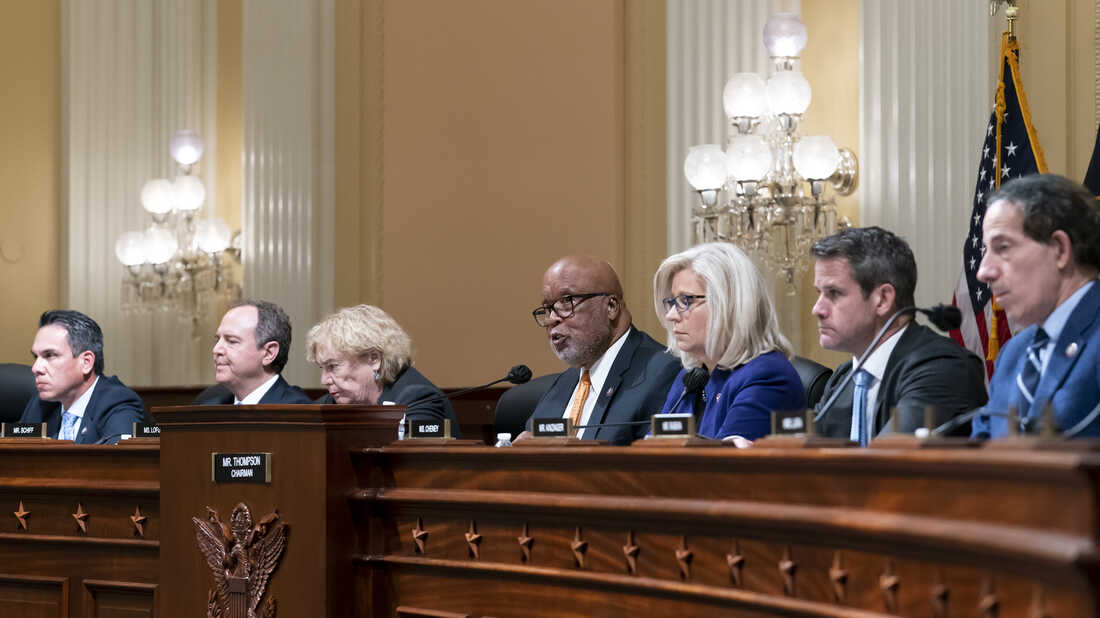
Dear Commons Community,
New York Times writer, Emma Goldberg, has an article this morning commenting on the millions of people using Zoom and other videoconferencing software to work at home. Referring to Claude Taylor who rates backgrounds and rooms people use during video conferences, she comments on the dos and don’ts of what co-workers see. She also comments on the fact that after two plus years of Zooming, people still are challenged using relatively easy features such as mute buttons. Below is her entire article.
Interesting read for those of us who rely on videoconferencing these days.
Tony
———————————————————————-
The New York Times
You’re Still on Mute
Emma Goldberg
June 20, 2022
It’s been almost 28 months since offices shut down and millions of people started working from home. More than enough time to buy a ring light, hang some art on the walls and figure out the mute button. But as is clear to Claude Taylor, co-creator of the Twitter account Room Rater, which scores video call backgrounds, that is not what has happened.
“You’re not going to do well,” he warned me, spying my spare and dimly lit walls over Zoom. “You have to put up some artwork. Slap a big frame there!”
Mr. Taylor rated my video backdrop a three out of 10, though he softened the blow with a word of caution: “The whole thing is just a schtick,” he said. “We’re not interior decorators. We just pretend to be on Twitter.”
There was a moment in April 2020 when hand sanitizer was scarce, time was plentiful and perhaps to distract from the fear and uncertainty of a raging pandemic, those who were lucky enough to be stuck at home took pleasure in judging the homes of others, who were also stuck. Mr. Taylor and his friend Jessie Bahrey started posting their judgments on Twitter. Celebrities scrambled for better Room Rater scores, outfitting their homes with plants, posters and the obligatory copy of Robert Caro’s “The Power Broker.”
“Within months, people that we were rating as twos and threes were becoming eights, nines and 10s,” said Mr. Taylor, who has written a book with Ms. Bahrey called “How to Zoom Your Room,” set to be released this week. “People have cleaned up their act quite a bit. Of course, we take some degree of credit for that.”
But not everybody got around to doing Zoom room improvement. Though the number of daily Zoom participants jumped from 10 million in December 2019 to 300 million in April 2020, many are still sitting in front of blank walls that create what Mr. Taylor calls “hostage videos.” They are angling the camera up their noses for an accidental “full nostril view.”
At the end of 2021, three million professional roles went permanently remote. Many other workers have been in limbo, going back to the office either part-time or waiting for a return-to-office plan that won’t be postponed. Office occupancy across the country remains under 50 percent. The confusion and ambivalence people feel can make it hard to invest in making a remote work setup feel permanent.
“Investing in a future that’s uncertain is tough,” said Dr. Emily Anhalt, a clinical psychologist and co-founder of the mental health start-up Coa. “If you want to go back to the office, and you don’t want to stay home, there’s less of a chance you’ll drop money on a fancy background.”
Even Dr. Anhalt said she was hesitant to give up on the notion that any day or month she might be returning to her prepandemic routine: “I didn’t really take the time to grieve the life I was living before,” she said. “Getting to see my patients in person, getting to see their body language.”
Some workers have felt acutely the challenges of continuing to work from home. Parents have split their brains between professional obligations and kids. Extroverts have gone stir crazy in tiny apartments. Junior employees have wondered how to find mentors, or work friends.
“People are feeling that they’re at this continuous breaking point,” said Andréa Coutu, a business consultant. “Some are keen to return to the office so they could have that separation between work and home, so they’re not the default caregiver when something goes sideways.”
Many were thrust into the isolation of remote work abruptly, and they still haven’t accepted that their future work arrangements aren’t likely to look exactly like their pre-2020 ones did. The technical mishaps of the pandemic’s earliest weeks keep repeating themselves, like “The Office” meets “Groundhog Day.”
“You still have people that are like, ‘Sorry I was struggling with the mute button, can you hear me now?’” said Rachele Clegg, 28, who worked for a nonprofit in Washington, D.C., throughout most of the pandemic.
Back in March 2020, Ms. Clegg was in a meeting in which her boss’s video chat malfunctioned, and wouldn’t turn off the filter that made her look like a potato.
“When she leaned in she was a potato,” Ms. Clegg recalled. “When she leaned out she was a potato in the dirt.”
Ms. Clegg has been bemused to find that those sort of technological difficulties haven’t abated. Two years in, remote work still feels, sometimes, like an improv show.
Plenty of people have kept working from home with a certain level of flippancy, as though any day might herald a sweeping return back to cubicles and commutes. Last week Sujay Jaswa, a former Dropbox executive, did a video shoot with the camera aimed up toward his ceiling. (“His business philosophy does not include pulling off a decent zoom,” Room Rater wrote.) Managers say they have been surprised by some of the items that appear in the background of professional calls: laundry, bedsheets, takeout containers.
“I was interviewing someone for a job the other day and behind him on his counter was an open handle of vodka,” said Noah Zandan, who runs the coaching platform Quantified. “I do try to give people the benefit of the doubt about what’s behind them, but there are table-stakes things that need to happen.”
The more image conscious made an effort to elevate their video backgrounds earlier in the pandemic. Beto O’Rourke, the Democratic candidate for governor of Texas, was one of Room Rater’s most improved targets, pushing his score from zero to 10. The presidential historian Michael Beschloss was awarded for having the 2020 “Room of the Year,” apt recognition for a scholar who has studied what the Oval Office’s design can teach about presidential administrations.
Most workers were communicating with their bosses, not the American public. Still, spending on home improvement and maintenance rose, and is 11 percent higher than pre-Covid projections, according to the consulting firm McKinsey. Office furniture sales soared, especially ergonomic chairs.
People even paid to have literary experts curate their bookshelves. Books by the Foot, for example, which sells used books in bulk, spent the first few months of the pandemic catering to customers looking for erudite Zoom backgrounds. Requests poured in for boxes full of books about business, or books with earth tone covers.
“They wouldn’t say, ‘I’m looking for a Zoom background,’” said Chuck Roberts, the company’s owner. “They’d say ‘I want to have 12 feet of classic biographies,’ and usually we read between the lines.”
“By 2021 you did see a little bit less of that,” said Jessica Bowman, who manages the Books by the Foot service, explaining that many of her clients are now focused on filling their homes with books they genuinely want to read.
“The orders are becoming more personalized,” she added. “It’s the home being your own sanctuary, and just making it cozy for you, versus it being a Zoom background.”
Others maintain that a cozy — or even downright messy — Zoom background is a mark of pride, the sign of someone too industrious to bother hanging up art. Senator Cory Booker of New Jersey received a score of two on Room Rater in May 2020. This hardly came as a surprise to him, he said, because he was spending that spring working long hours as the country dealt with crisis.
“This was before Rosario had officially moved in and my house was very bachelor, what you would expect for single-guy living,” he reflected in an interview last week, referring to his girlfriend at the time, the actress Rosario Dawson. “The only green things were growing in my refrigerator.”
The senator’s staffers, though, decided that an investment in his video background was worthwhile. His chief of staff asked someone to buy him 10 tiny plants, following an exchange with Room Rater. His score jumped to a 10, with the caption: “Ten plants. Ten tries.”
Tiny plants, it turns out, can have outsize effects. Some remote workers said little touches were all they needed to make their living rooms feel less like place holders for the office, and more like actual work spaces — all the more necessary as return to office plans get shelved.
“You know how a chef has a mise en place?” said Noel Casler, a podcaster and comedian. “I want a reminder of how big the world is, even when we’re all doing everything online.”
Looking into others’ Zoom backgrounds can be a reminder that some people have far more space to work with. Still, Mr. Taylor insists that everyone can brighten their homes: “We don’t want it to be lifestyles of the rich and famous.”
And Mr. Casler’s advice is not to go overboard. He borrows from Coco Chanel, who famously advised that before leaving the house people should “look in the mirror and take one thing off.”
“In cooking, writing, or whatever, less is always more,” Mr. Casler said.
In his case, less is a perfect score. Or, as he put it when asked about his Room Rater status: “Club 10 out of 10.”












